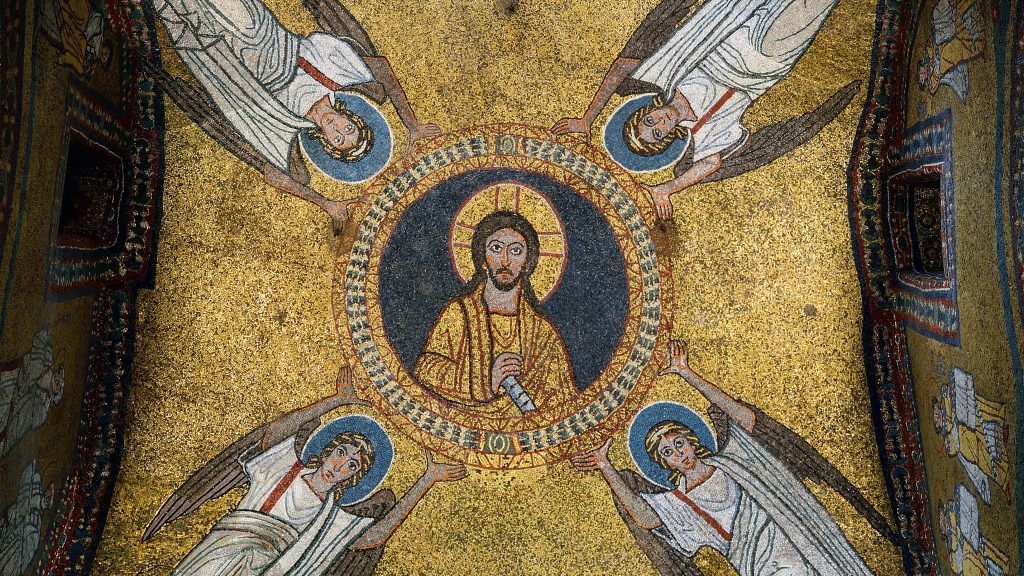Gender and Sex
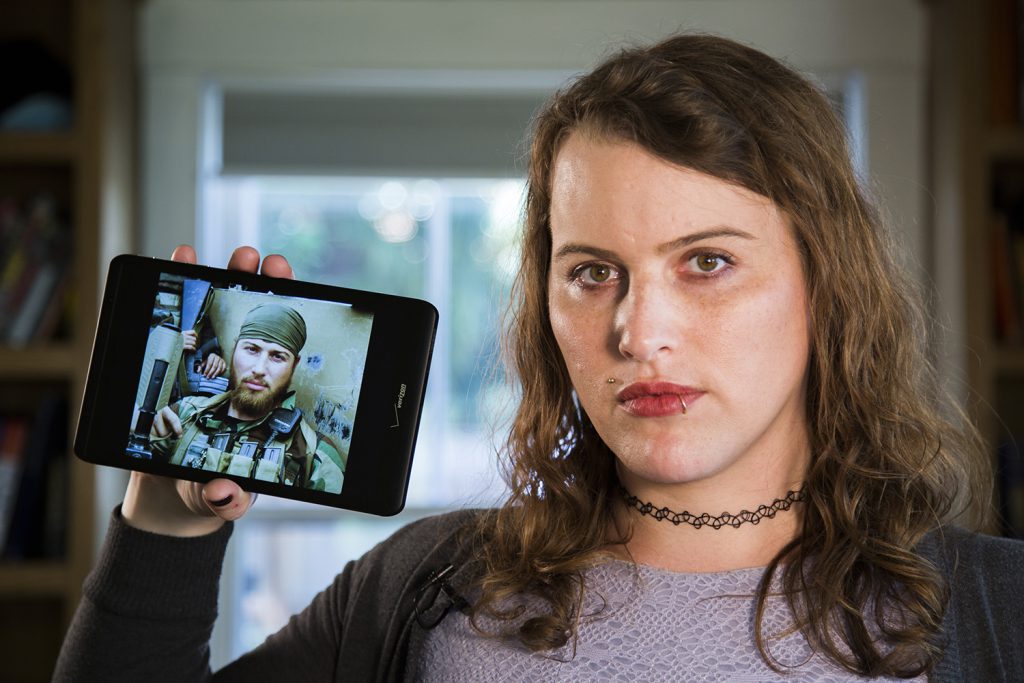
Gender and sex shape our personal identities, indicate how we should relate to others, and help us determine where we fit into our worlds. This unit gives students an opportunity to consider the differences between sex and gender cross-culturally. They are encouraged to question power imbalances along gender lines and how institutions are changing to reflect debates around gender and sex.
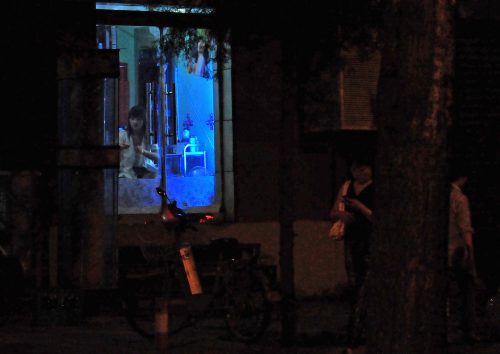
The Moral Code of Chinese Sex Workers

Confronting Rape Culture
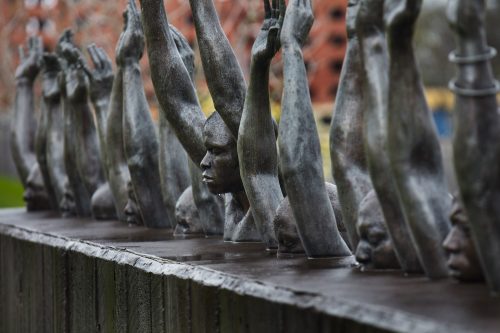
Cómo una confesión forzada dio forma a la historia de una familia
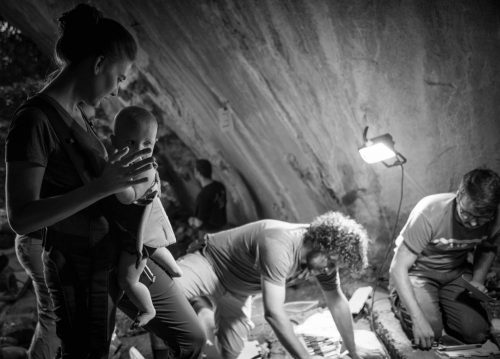
Decisiones difíciles en la encrucijada de la maternidad y el trabajo de campo
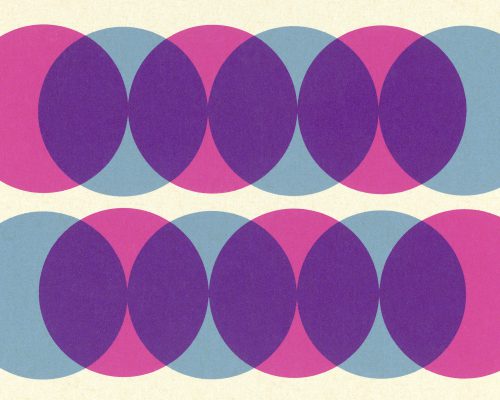
La ciencia biológica rechaza el sexo binario, y eso es bueno para la humanidad

El movimiento #MeToo en la antropología y el caso contra Harvard

¿Cuál es el atractivo de las voces profundas en los hombres?

La ciencia biológica rechaza el sexo binario, y eso es bueno para la humanidad

¿Cuál es el atractivo de las voces profundas en los hombres?
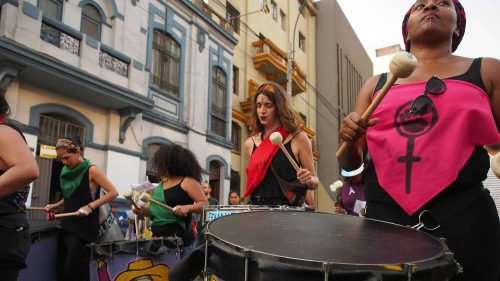
Dos veces víctimas: mujeres negras agredidas no se les reconoce como víctimas
- Understandings of sex and gender are shaped by social norms and beliefs, and are upheld by institutions.
- Views on sex and gender have changed from considering them the same to recognizing that sex refers to biological characteristics while gender points to a person’s social identity.
- Anthropologists have helped challenge rigid perspectives on gender and sex binaries, reveal the hierarchies that support and reinforce gender inequality, and call for the eradication of those hierarchies.
- It is important to analyze the influence of colonialism on modern-day perspectives of gender, gender roles, sex, and sexuality.
- Sexual violence is one of the most recognizable ways that patriarchal societies maintain order.
- Because sex and gender are social constructions that have changed over time, they can be transformed to create equitable societies.
-
Guttman, Matthew. 2014. “Alternative Cultures of Masculinity: An Anthropological Approach.” In Alternative Masculinities for a Changing World, edited by José María Armengol-Carrera and Angels Carabi, 51–62. London: Palgrave-MacMillan.
-
Ortner, Sherry. 1972. “Is Female to Male as Nature Is to Culture?” Feminist Studies 1 (2): 5–31.
- How do gendered differences play out across cultures and time?
- What do legal statutes tell us about how societies view and respond to gender differences?
- Why might there be a problem with classifying all gender-nonconforming people as “third gender”?
- How do different Indian social hierarchies and power dynamics shape the changing place of hijras?
- What are some ways that we can start to think differently about gender roles and sexuality?
- Have students watch Paula Stone Williams’ “I’ve Lived as a Man and a Woman.” Break the class into small groups and discuss what the speaker learned—and what each student learned.
-
TEDx Talk: Alice Dreger’s “Is Anatomy Destiny?”
-
Video: Soraya Mire’s “Fire Eyes”
-
Video: Jean Kilbourne’s “Killing Us Softly: Four Advertising Images of Women”
-
Video: BBC’s “Me My Sex and I”
-
Video: The Guardian’s “Muxes—Mexico’s Third Gender”
-
Video: Crash Course Sociology #33’s “Theories of Gender”
Eshe Lewis (2020)
Religion
